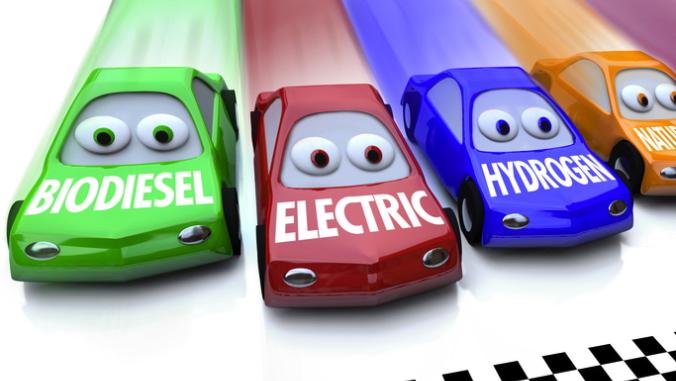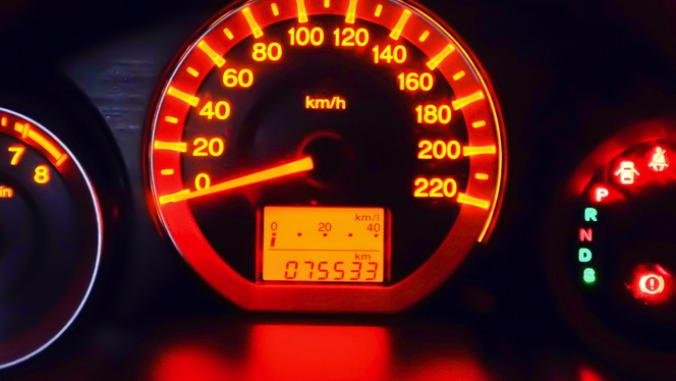EU Court Rules US Airlines Must Pay for Greenhouse Gas Emissions
<p>The European Court of Justice ruled against several U.S. and Canadian airlines and trade associations arguing that their inclusion in the EU Emissions Trading System violated international law and the Open Skies agreement between the EU and U.S.<br /> </p>

Airplane image via Shutterstock
Airlines flying in and out of the European Union -- including U.S.-based airlines -- will have to pay for the greenhouse gas emissions from those flights, according to a ruling (PDF) today from the E.U.'s highest court.
The European Court of Justice ruled against several U.S. and Canadian airlines and trade associations, including United, Continental and American airlines, and their trade group, Airlines for America, all of which argued that their inclusion in the E.U. Emissions Trading System violated international law and the Open Skies agreement between the E.U. and U.S.
These airlines and trade associations weren't the only opponents of the E.U. Aviation Directive, the only global mandate covering aviation emissions. The governments of China, India, Australia, Russia, Korea and South Africa also came out publicly against the requirement.
"Today's decision does not mark the end of this case and Airlines for America (A4A) is reviewing options to pursue in the English High Court," Airlines for America, formerly known as the Air Transport Association, said in a statement. "At the same time, the U.S. government and dozens of others around the world are increasing pressure on the E.U. to come back to the table to consider a global sectoral approach. In the meantime, A4A members will comply under protest and will continue to operate safely and efficiently to Europe when the scheme takes effect Jan. 1."
Some estimate the program could cost the industry as much as $26 billion by 2020, which is forcing some, like UPS, to reportedly weigh whether to re-draw routes to trim permit costs, although that may result in more emissions. Pamela Campos, an attorney with the Environmental Defense Fund, which was one of several environmental groups that intervened in the lawsuit in support of the directive, doesn't expect air fares to skyrocket because of the directive. An EDF analysis of the impact from earlier this year pegged the cost at $3-6 per ticket, while some are even lower. The New York Times reported today that the premium could be as high as $16.
"Given the cost of a ticket to Europe, it's not going to drive much in the way of decision-making for consumers," Campos said.
Part of the minimal increase in fees is due to the fairly generous cap set for aviation. Airlines will receive 97 percent of needed emissions allowances for free in 2012, declining to 95 percent through 2020.
"From an environmental perspective, it is a modest measure, carefully designed to be achievable within the industry, consistent with the guidelines developed by I.C.A.O. (International Civil Aviation Organization)," Campos said.
If anything, Campos said, the E.U. Aviation Directive may put pressure on I.C.A.O. to more quickly develop its own global, market-based framework to address aviation emissions. In October 2010, I.C.A.O. adopted a resolution to do this, and had earlier agreed to other targets, such as a 2 percent annual improvement in fuel efficiency through 2050 and putting in place a CO2 standard for aircraft engines by 2013.
Airlines have been undertaking a range of measures to improve their environmental footprints, ranging from experimenting with biofuels and more energy efficient engines, but many worry the improvements have not kept pace with the rise in aviation emissions, which account for about 3 percent of global emissions -- and growing.
The airlines, which have been complying for the last several years with its monitoring and reporting requirement, won't have to surrender emissions allowances until late March 2013, Campos said.
"We are not expecting to see further legal fights about this," she said. "It is clear there will continue to be political discussions."
Airplane image via Shutterstock.





